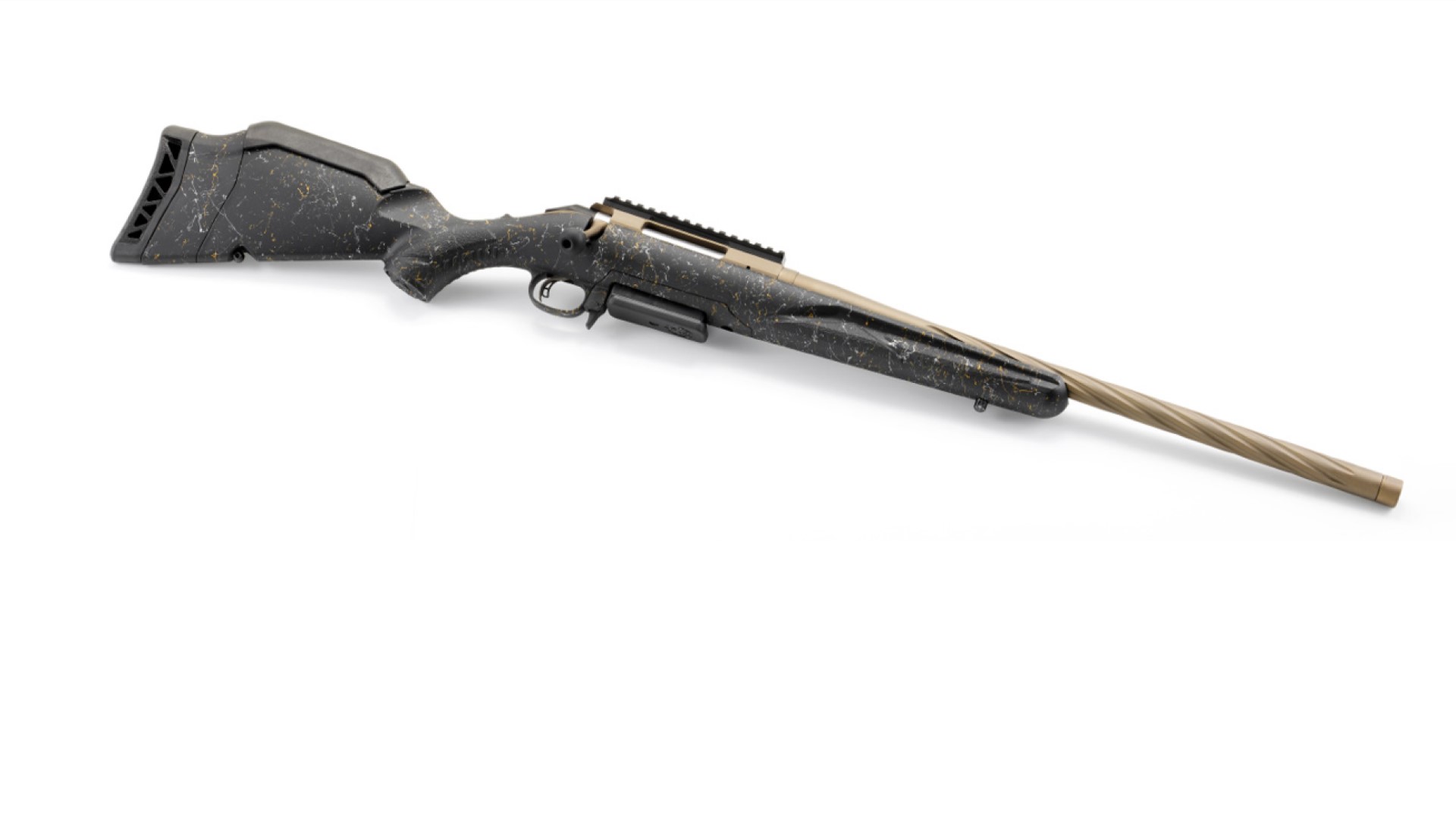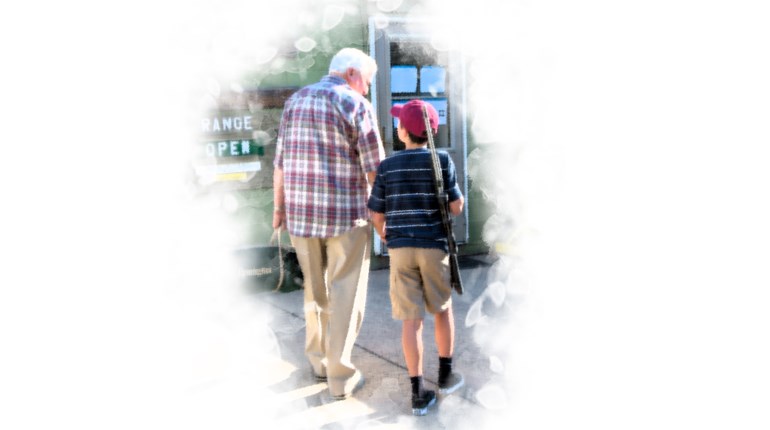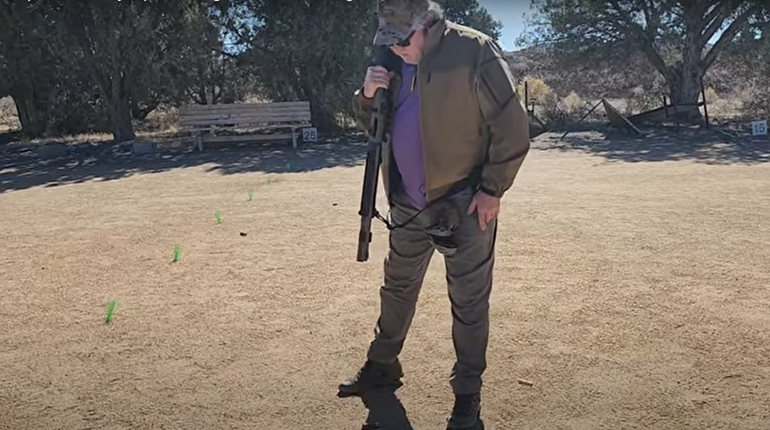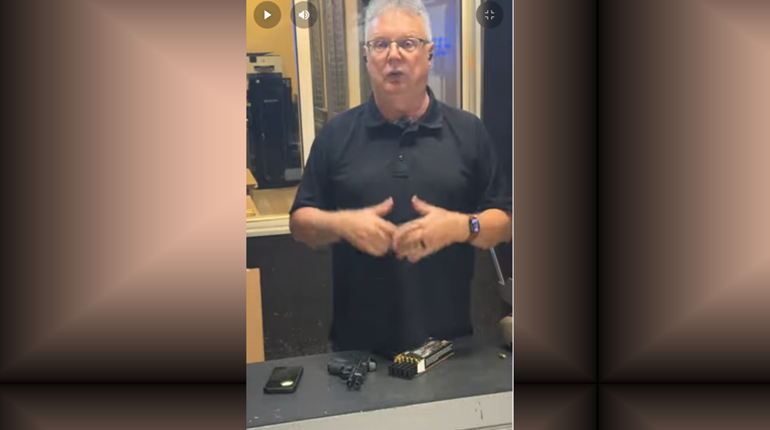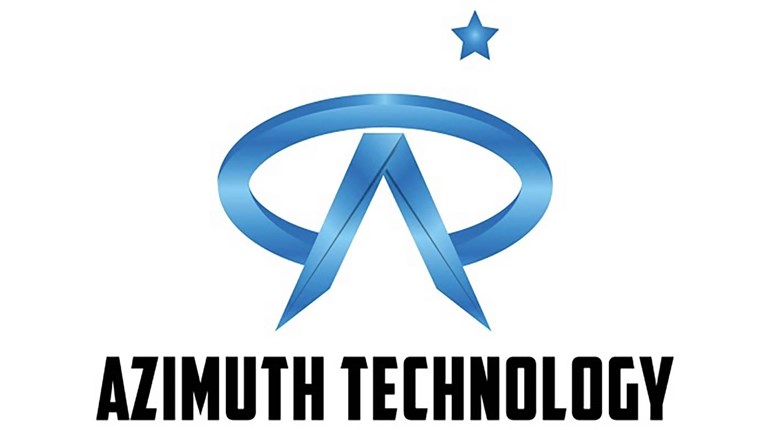
A misfire is a failure of the priming mixture to be initiated after the primer (or rim of a rimfire case) has been struck an adequate blow by the firing pin, or the failure of the initiated primer to ignite the powder. This term is also commonly used to refer to a failure to fire caused by an insufficient hit on the primer (perhaps more appropriately called a "light hit").
A misfire is experienced as the complete failure of a cartridge to fire when the trigger is pulled and the hammer or firing pin falls. A light firing pin hit is probably the most common cause of misfires, but occasionally they may also result from deteriorated or defective ammunition. When a light firing pin hit is the cause of the misfire, a shallow indentation of the primer cup will usually be seen when the misfiring cartridge is removed from the chamber.
Though not dangerous in themselves, misfires should be treated with caution, as it is impossible to initially distinguish a misfire from a hangfire. Thus, whenever there is a failure of a cartridge to ignite, the shooter should use the proper safety procedure for handling hangfires (see below).
A hangfire occurs when there is a noticeable delay between the impact of the hammer or firing pin on the primer and the actual discharge of the firearm. Typically, with a hangfire, the shooter will pull the trigger, causing the hammer or firing pin to fall, but no shot is produced immediately. Inside the case, however, the ignition process has been initiated and, after an unpredictable delay period, the gun discharges. Like a squib load, a hangfire can be produced by the use of deteriorated ammunition, or ammunition whose primer or powder charge has become contaminated.
The danger of a hangfire lies in the fact that it is often mistaken for a misfire. This, in turn, can result in two distinct types of hazards. First, a shooter who assumes that a non-firing round is a misfire may immediately open the gun's action to remove the malfunctioning cartridge. A cartridge that ignites when thus unconfined can cause damage to the gun and serious injury to the shooter. Moreover, a shooter who assumes that he or she has suffered a misfire may fail to exercise proper muzzle control, such that the gun may be pointing in an unsafe direction when it unexpectedly discharges.
Any time the hammer or firing pin falls and the gun fails to fire, a hangfire should be assumed. The firearm should not be opened or unloaded, but should be kept pointing in a safe direction for 60 seconds with a modern cartridge—and two minutes for a muzzleloader. This is sufficient time for any hangfire to complete ignition. If one minute passes and the gun does not discharge, the situation is actually a misfire. The firearm should be unloaded and the offending cartridge inspected for light primer indentation, contamination, etc.
If a firearm that is normally reliable produces hangfires or misfires with a particular ammunition (particularly ammunition that is old or potentially deteriorated), discontinue use of that ammunition and dispose of it in accordance with local regulations.












